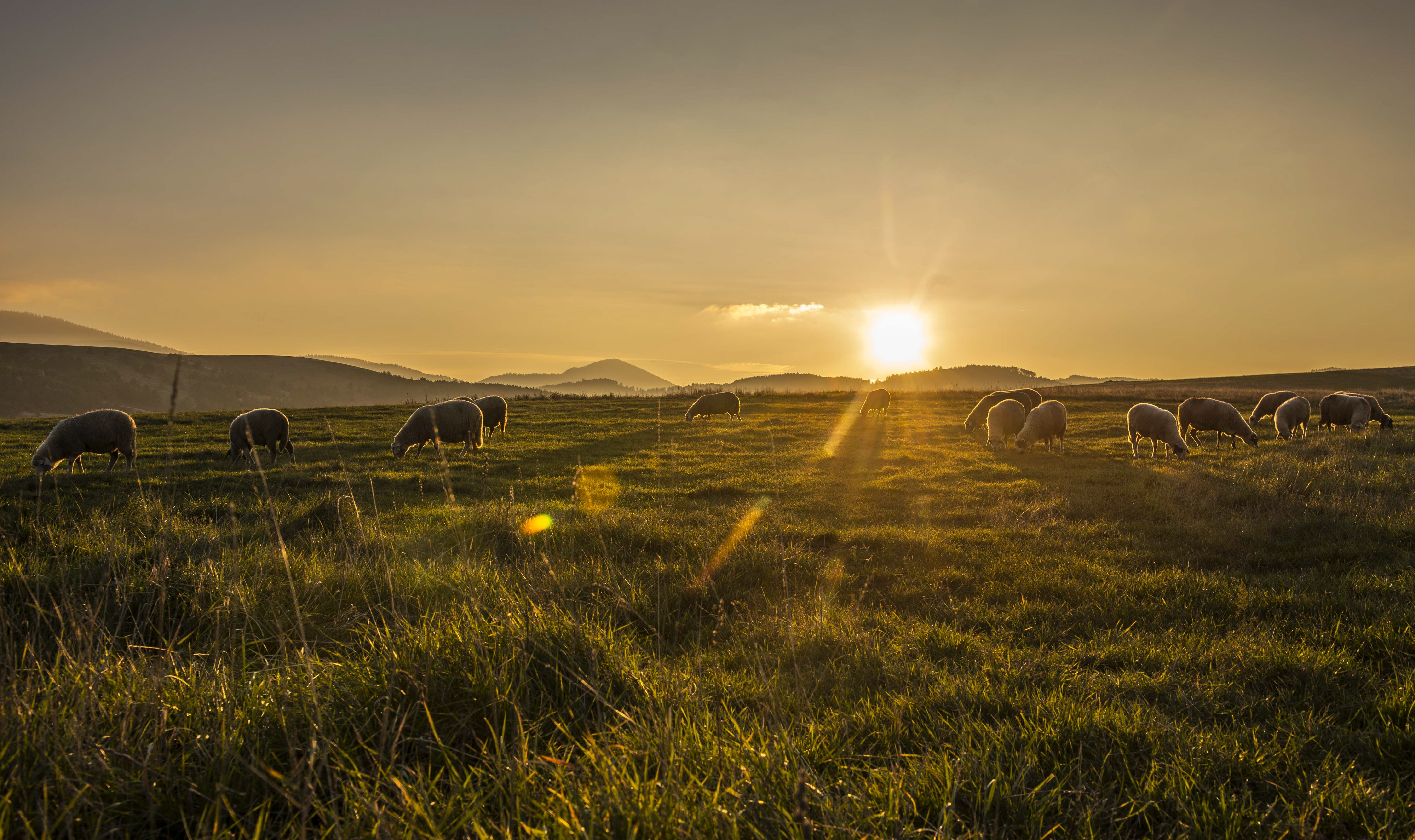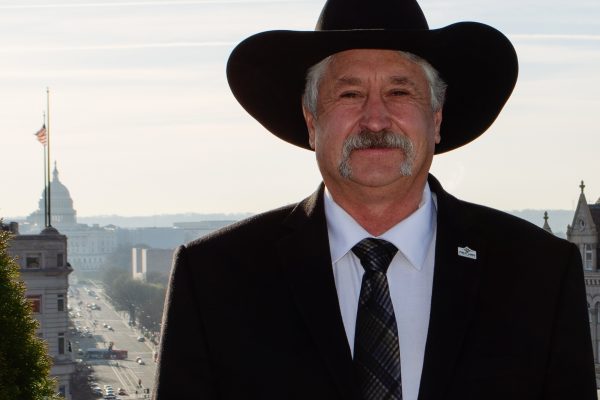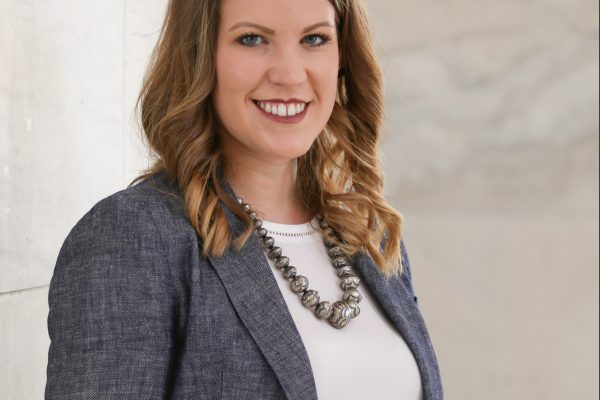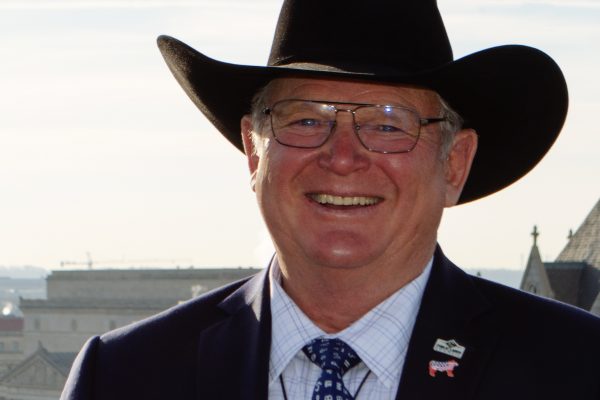In December of 2017, the Thomas fire blackened Ventura and Santa Barbara Counties. The fire’s large, hot embers left Rich Atmore with a burning memory. As Atmore reflects on the fire, he also recalls the livestock that grazed much of the southern California range.
Thanks to livestock, Atmore’s office and home were saved from the devastating blaze.
“For about 10 hours we stayed and fought that fire. Thank god for the grazing that we did around the house and around the office,” said Atmore.
That is because grazing removes the primary fuel for many wildfires – overgrowth of forage. If left ungrazed, grasslands grow much thicker and taller than usual.
“We didn’t have the resources to fight the fire at the office and the house, but the grazing we did around the office saved the office just naturally.”
Atmore compared his grazed land to that of his neighbors. By comparison, areas that historically had not been grazed completely burned to the ground.
“Without us, this vegetation would have been four times as thick and the damage would have been four times as bad.”
Managing fuel loads to prevent devastation from fires like the Thomas Fire is more challenging than most realize. That’s because any change to a federal grazing permit requires environmental assessments that take up to 10 years to complete. Further, current federal regulations make it near impossible for ranchers with federal lands grazing permits to access overgrown fields and keep cheat grass, a highly flammable forage, at bay after a fire.
Individuals like Atmore want decision-makers and the public to understand the importance of livestock grazing before and after fires.
I can’t preach anything more to my urban neighbors: grazing is what helps protect you.
Learn more about the value of grazing here.






